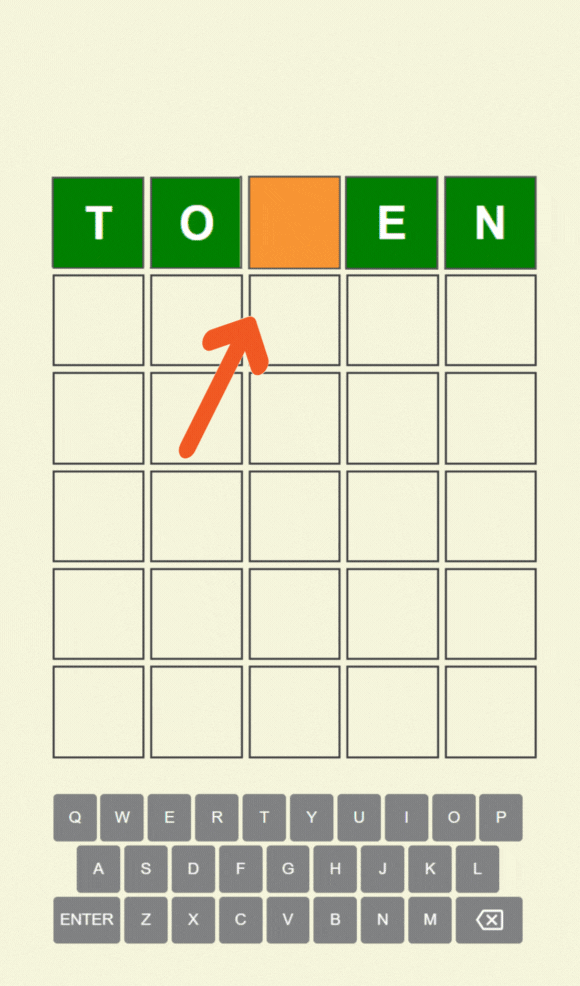Tokenized assets are projected to reach a staggering $18.9 trillion by 2033. This forecast indicates that the technology has matured, with a potential average compound annual growth rate of 53%. Financial companies are particularly interested due to increased efficiency, lower transaction costs, and the ability to conduct seamless transactions.
The Rise of Tokenization
Tokenization is defined as a system that allows the ownership of assets to be recorded and transferred using blockchain technology. Many global institutions in the finance sector aim to accelerate transactions and reduce costs by utilizing this technology. Major firms like JPMorgan and BlackRock are undertaking significant projects to enhance market efficiency in this area.
Recent reports have identified five key obstacles to the widespread adoption of tokenized assets. These challenges include fragmented infrastructure, interoperability issues between platforms, regulatory inconsistencies across different countries, the lack of consistent custody systems, and inadequate smart contract standards. Additionally, the isolated trading of assets and the absence of delivery versus payment standards limit efficiency gains.
Future Potential and Applications
Tokenization also enables the management of government bonds and short-term instruments through digital wallets. This system could help companies efficiently utilize idle cash. Increased transparency and traceability are also expected in areas like private credit and carbon markets, with a gradual transition from low-risk instruments to complex assets.
Systematic savings are being observed in areas such as bond issuance, real estate funds, and collateral management. Companies can execute transactions faster and at lower costs with digital infrastructure. These developments are crucial factors supporting the sector’s growth.
Martijn Siebrand, the Digital Asset Program Manager at ABN AMRO, stated, “The technology is ready, regulations are evolving, and fundamental use cases are available in the market.”
We are witnessing regional differences in regulatory uncertainties. While comprehensive legal frameworks have been established in regions like the European Union, Switzerland, Singapore, and the United Arab Emirates, clarity has not yet been achieved in other major markets. This situation necessitates regional adaptations of infrastructure for international transactions.
Jorgen Ouaknine, Global Head of Digital Assets and Innovation at Euroclear, commented, “Without coordinated industry action, the integration that tokenization aims for could become fragmented once again in the digital realm.”
Tokenized financial assets hold the potential for reduced transaction costs and process improvements, while regulatory compliance and technological integration play significant roles. If current challenges are addressed, market expansion is anticipated in the coming years. Readers can gain better insights into opportunities and risks by monitoring the evolving infrastructure and regulations in this field.

 Türkçe
Türkçe Español
Español









